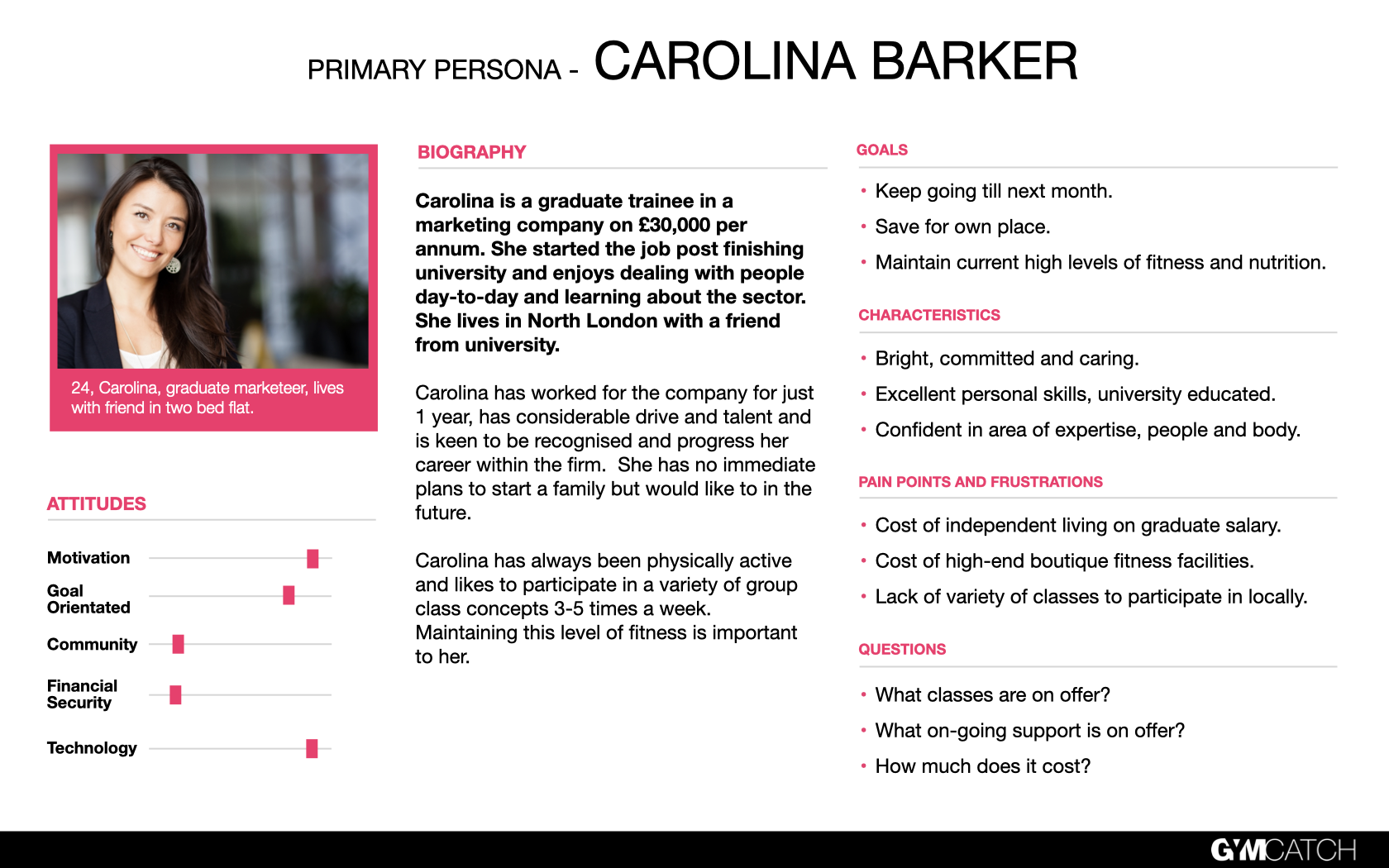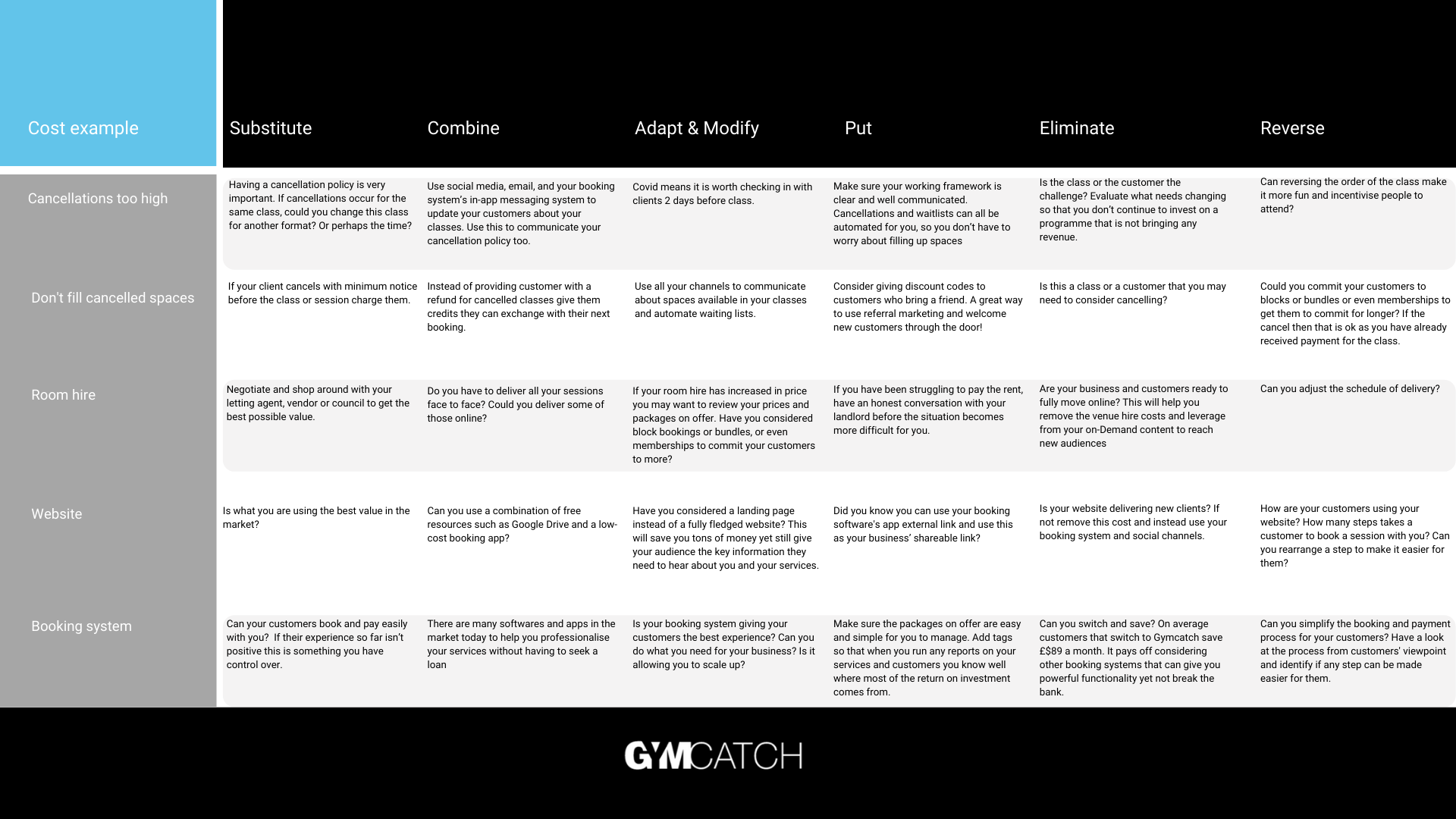
How to price your fitness services. What are your customers willing to pay for your services? How long and what are they prepared to commit to?
Between now and the end of the year we’re going to take a look at 5 areas to help you Get 2023 ready. Follow us on Facebook, Instagram, Linkedin or Twitter to be sure you don’t miss our follow-up posts.
In our first blog post in the series, we thought about how to define your target customer and how that should inform the services you offer. In this post, we build on that topic to consider the evergreen topic of pricing. Here we focus on your pricing strategy, and in a follow-up post, we’ll get deeper into specific promotional tactics.
Be aware of bias
Before we think about your business, it’s worth raising a couple of important human characteristics that invariably influence pricing. The first is a psychological bias known as ‘loss aversion’. This bias can unconsciously lead you to under-price your services. The bias entails that we fear loss more than valuing potential gains, so as applied to pricing, it entails that it’s natural to take what you’ve charged to date, or what the competition charge, as a reference point, fear the worse with regards customers’ propensity to not pay or switch services, and undershoot what you could charge. i.e. you fear the worse when considering a price change rather than accurately weighing that as against the potential upside.
Secondly, there’s an emotional element to pricing for many. One likely strength of your business is its sense of community and your relationships with your customers. Many may be considered friends who you socialise with. This can naturally lead to a desire to please/aversion to confrontation and impact your confidence in making price changes, especially in a scenario where you feel funds are tight.
Of course, both of these natural tendencies exist for a reason, they serve us well in many situations, and ultimately you won’t (nor should you) try to ignore them completely but being aware of them can help in driving a more objective assessment of your businesses’ pricing strategy.
Keeping those tendencies in mind, we move to assess two important inputs to your pricing strategy; your business and your customers.
Your business
As you think about pricing your fitness services, you need to start by ensuring you understand the costs that need to be met by the output of your strategy – i.e. to understand your breakeven point.
Your monthly breakeven point should include your desired base income and all venue and marketing costs. If you know you’ll be quieter in certain months of the year (and have required outgoings for those months) you should factor this into your thinking for busier periods. A good exercise during this time is to assess your costs for any efficiencies that can be made. This will help you identify the common costs you can reduce (insert link). This is to say, you’d increase your income target in the busier months to make up for the quieter ones.
A second business-level consideration is cash flow. This is really about the timings for incoming and outgoing cash to your business and ensuring that they are aligned. Generally, there’s a trade-off between offering longer-term (e.g. monthly memberships, courses/blocks) and shorter-term (e.g. pay as you go, class packs) commitment-based products.
The former strategy gives greater visibility of revenue but the latter, as it’s normally priced at a premium, would be, all things equal, revenue maximising. The extent to which you want to smooth cash flow versus relying on regular repetitive purchases feeds into how you price the different products you offer. Of course, what your customers are able and willing to commit also feeds into this. Quite often the right answer is a blend, but every business is different and should think through the value to them of each.
Your customers
With your breakeven point and cash flow needs to be established, we’d recommend experimenting with different pricing and customer purchasing numbers on paper or a basic spreadsheet. From this, you can begin to get a feel for what range of pricing and demand meets your breakeven point and generate some ideas from which to evolve your thinking.
You can now look at your pricing ideas from your customers’ (and target customers’) perspective. Assessing willingness to pay is difficult but using your customer profile from our first post in the series and reviewing, if applicable, how customer retention changed after a previous price change will all feed into your overall conclusion. Trying to place them (generalised) on a 1-10 sensitivity scale may help. If you think they are highly sensitive then you may also want to consider what the local competition is doing and pay some attention to that. This is not to say you match or undercut, more just be sure that the value you offer can be clearly communicated in comparison.
Once you’ve formed a view on price sensitivity you can overlay that against your range of high-low pricing and product commitment (long v short-term options) models to conclude what makes sense for your business.
Track and review
As you launch your new strategy, be sure to regularly review how it’s performing and consider whether the assumptions you’ve made throughout this process are holding true.
Having followed a logical process, you should feel confident in the strategy and launch. That said, as the above has revealed, determining a sound pricing structure requires you to make reasonable assumptions across often inferred preferences, so ultimately you can’t be 100% certain on how a new offering or changes will land. As such, how you communicate price changes is also important – our 5th blog post in this series will come back to the subject of messaging. So, as you launch, stay close to your customers as you launch it and watch for feedback.
‘Watch’ is the right word, because stated versus revealed preferences can be very different here. For example, I might indicate that I’m upset about a price rise, but if I still pay/keep coming there’s perhaps a reality that I can’t be that upset about it. Indeed, it may be that you’d weigh that type of feedback from customers more than others.
With your base pricing strategy now established, we’ll build on these considerations in our next post and look at how you can evolve your pricing tactics to add incentives for current and target customers. Follow us on Facebook, Instagram, Linkedin or Twitter to see when it drops in the coming week!
Ollie is the founder of Gymcatch, a booking and customer management software company. Visit gymcatch.com/pricing for pricing information.
For more information on Gymcatch personal training booking software and how it can help your business get in touch to book a demo or start a free trial.











